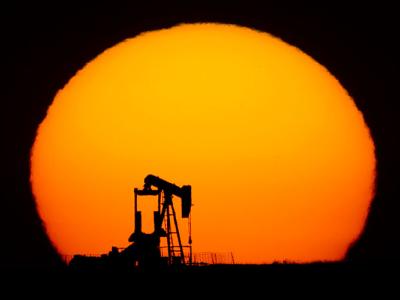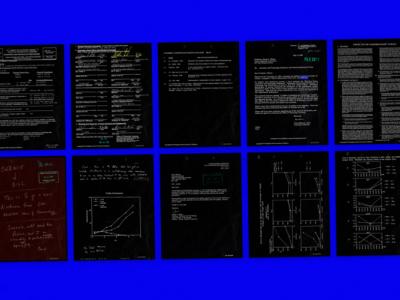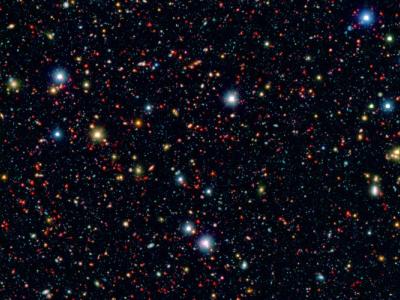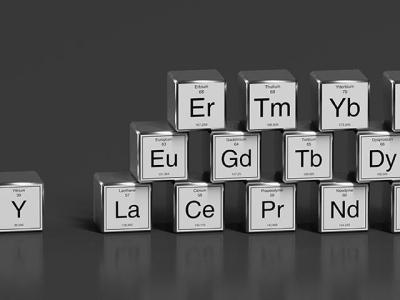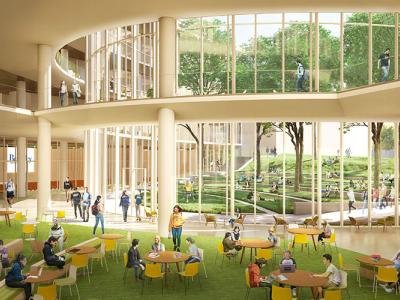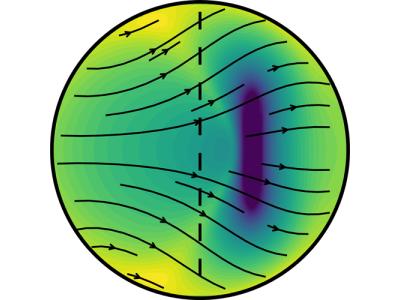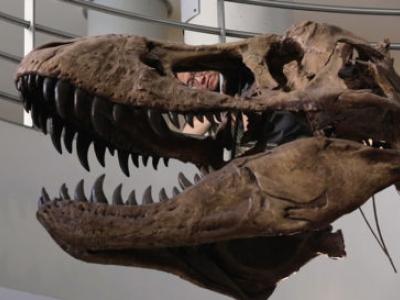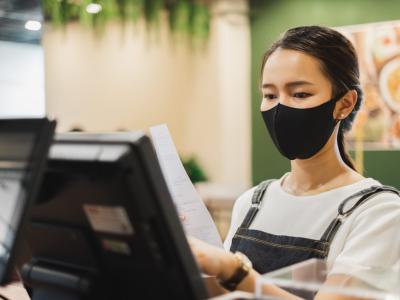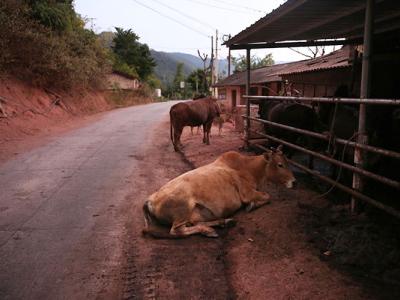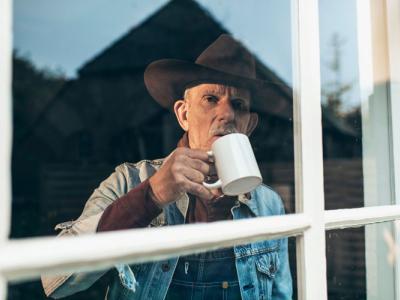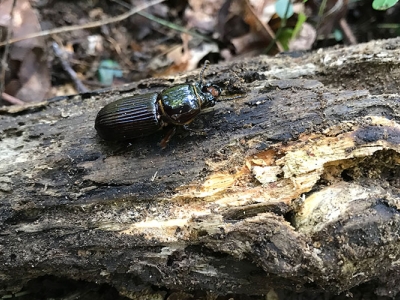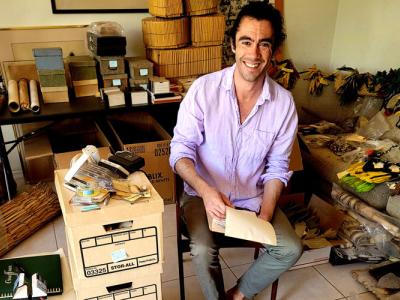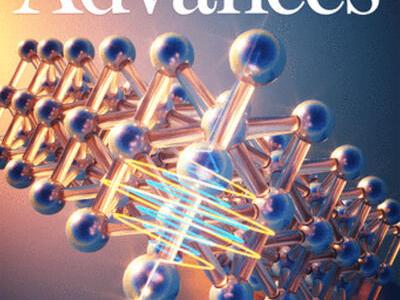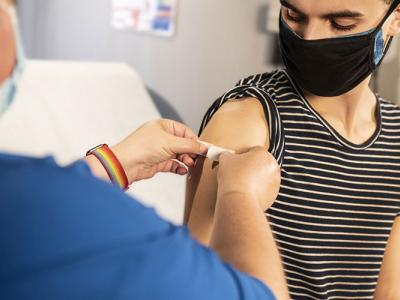In a May 2021 paper published in the journal AI & Society, clinical empathy expert and Berkeley Public Health bioethics professor Jodi Halpern, MD, PhD, posits that artificial intelligence (AI) cannot replace human empathy in the healthcare setting and that empathy is key to the successful treatment of patients.
Research News
Learn more about UC Berkeley's researchers and innovators.
Showing 1041 - 1056 of 3499 Results
The U.S. Department of Labor reported yesterday that the Consumer Price Index rose 5% in May, following a 4.2% jump in April. But at UC Berkeley, high-level economists are offering some calming advice: A measure of inflation is inevitable as the U.S. economy comes back online, but it will likely be modest. And it will almost certainly blow over as the economy stabilizes.
After last-minute bids that twice extended today’s auction on Foundation, the University of California, Berkeley’s NFT based on the Nobel Prize-winning research behind cancer immunotherapy finally went for about $54,360 — 22 ETH (Ether) — and netted the campus about $50,000.
Finding the hypothetical particle axion could mean finding out for the first time what happened in the Universe a second after the Big Bang, suggests a new study published in Physical Review D on June 7.
Lanthanides are rare-earth heavy metals with useful magnetic properties and a knack for emitting light. Researchers had long assumed that lanthanides’ toxicity risk was low and therefore safe to implement in a number of high-tech breakthroughs we now take for granted: from OLEDs (organic light-emitting displays) to medical MRIs and even hybrid vehicles.
In recent years, however, some scientists have questioned lanthanides’ safety.
Now, a team of researchers led by the Department of Energy’s Lawrence Berkeley National Laboratory (Berkeley Lab) and UC Berkeley has compiled the most complete library yet of lanthanides and their potential toxicity – by exposing baker’s yeast, aka Saccharomyces cerevisiae, to lanthanide metals. Their findings were recently published in the journal Proceedings of the National Academy of Sciences.
The University of California, Berkeley, today (Monday, June 7) announced three gifts of $25 million each that will reinforce Berkeley’s position as a leader in computing and data science research and education, and help create a visionary new home for the Division of Computing, Data Science, and Society (CDSS).
For reasons unknown, Earth’s solid-iron inner core is growing faster on one side than the other, and it has been ever since it started to freeze out from molten iron more than half a billion years ago, according to a new study by seismologists at the University of California, Berkeley.
Juvenile Tyrannosaurus rex had a jaw force of about 5600 newtons, somewhere between the jaw forces exerted by a hyena and a crocodile, and about 10 times the force of a teenage human.
To find out how the pandemic has affected low-wage workers of color, our organizations, Asian Law Caucus and UC Berkeley, surveyed primarily Asian and Latinx workers across California about their workplace conditions and experiences.
Global land-use changes are creating “hot spots” favorable for bats that carry coronaviruses and where conditions are ripe for the diseases to jump from bats to humans, finds an analysis published this week by researchers at the University of California, Berkeley, the Politecnico di Milano (Polytechnic University of Milan) and Massey University of New Zealand.
People caring around the clock for a parent, spouse or other loved one with dementia are at a high risk for clinical anxiety, depression, social isolation and even suicidal ideation, according to longitudinal research from UC Berkeley.
But thanks to a blend of artificial intelligence (AI) and behavioral science, relief may be on the horizon.
Nearly 40 years ago, scientists first predicted the existence of helium rain inside planets composed primarily of hydrogen and helium, such as Jupiter and Saturn. But achieving the experimental conditions necessary to validate this hypothesis hasn’t been possible – until now.
A new study suggests that the beetle’s frass habits are part of a clever strategy for protecting the insect’s health — and could help inform human medicine, too.
In March, UC Berkeley linguist Zachary O’Hagan called Florida Atlantic University anthropologist Gerald Weiss to ask about audio recordings that Weiss had made in the 1960s and ‘70s of Ashaninka people, the largest Indigenous group living in Peru’s Amazon rainforest.
Interfaces and surfaces are of central importance to many open scientific questions. For example, in order to design more energy-efficient all solid-state batteries to fuel next-generation electric cars, we need to better understand the charge transfer processes through the battery’s individual layers. Also, devising solutions for climate change requires an enhanced knowledge of pollutant uptake at the air-liquid interface of clouds. Scientific questions like these, that address the nature of chemical interfaces and surfaces, are notoriously challenging to address because of the difficulty in studying systems with boundary specificity.
An international effort led by UC Berkeley Assistant Professor of Chemistry Michael Zuerch has demonstrated a novel experimental method to address questions like these utilizing nonlinear optics as discussed in a recent article published today in Science Advances(link is external).
Despite ongoing controversy over COVID-19 vaccines, a clear majority of California voters say it’s appropriate for some businesses to require customers and employees to be vaccinated, according to a new poll from the UC Berkeley Institute for Governmental Studies (IGS).


